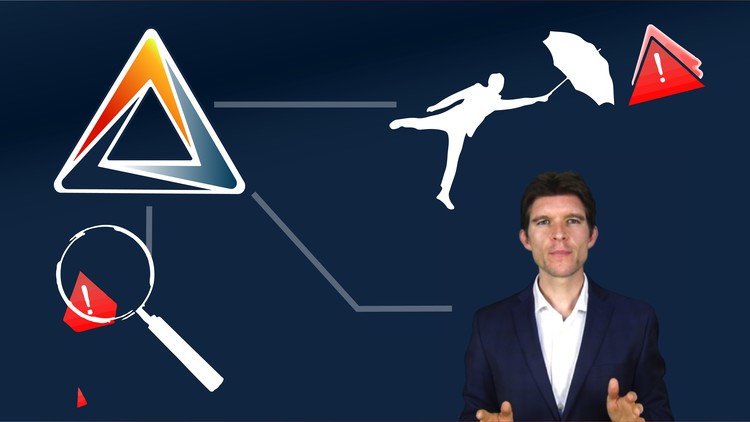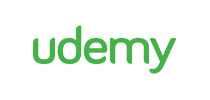1. Risk Identification Techniques
2. Risk Identification Workshops
3. Control and Risk Self-Assessments (CRSA)
4. Vulnerability Assessments
5. Scenario Planning
6. Brainstorming Risk Identification Technique
7. Risk Questionnaires
8. Benchmarking
9. Risk Event Map
10. Risk Likelihood and Impact Definitions
11. Steps to Assessing Risk Management
12. Assessing Risk Management - 1 Understand the Context of the Organization
13. Assessing Risk Management - 2 Gather Information and Documentation
14. Assessing Risk Management - 3 Preliminary Risk Assessment
15. Assessing Risk Management - Establish Scope and Objectives
16. Definition of Data Analytics for Internal Audit
17. Use of Data Analytics for Risk Management
18. Types of Data Analytics
19. Types of Data Analytics - Descriptive Data Analytics
20. Types of Data Analytics - Diagnostic Data Analytics
21. Types of Data Analytics - Predictive Data Analytics
22. Types of Data Analytics - Prescriptive Data Analytics
23. Question on Data Analytics 1
24. Question on Data Analytics 2
25. Ratio Estimation
26. Variance Analysis for Data Analytics
27. Proportional Analysis, Trend Analysis and Embedded Audit Modules
28. Benfords Law
29. Regression Analysis
30. Statistical Process Control
31. Other Types of Analytical Tests 1
32. Other Types of Analytical Tests 2
33. Question on Types of Analytical Tests
34. Models for Assurance Over Risk Management
35. Assurance Over Risk Management - Process Elements Approach
36. Assurance Over Risk Management - Key Principles Approach
37. Question on Assurance Over Risk Management
38. Question on the Key Principles Approach
39. Root Cause Analysis Methods
40. Root Cause Analysis Methods - Fishbone Diagram
41. Root Cause Analysis Methods - The 5 Whys
42. Root Cause Analysis Methods - Logic Trees
43. Root Cause Analysis Methods - Fault Trees Analysis
44. Root Cause Analysis Methods - Failure Modes and Effects Analysis (FMEA)
45. Systems Development Life Cycle (SDLC)
46. Auditing the Systems Development Life Cycle (SDLC)
47. Methods for the Systems Development Life Cycle (SDLC)
48. Systems Development Life Cycle (SDLC) - Waterfall Method
49. Systems Development Life Cycle (SDLC) - Spiral Method
50. Systems Development Life Cycle (SDLC) - Rapid Development
51. Systems Development Life Cycle (SDLC) - Agile Method
52. Qualities of Persuasive Internal Audit Information
53. Standards on Engagement Communication
54. Types of Audit Evidence
55. Question on Types of Audit Evidence
56. IIA Standards on Communicating the Acceptance of Risks
57. Process Map for Communicating the Acceptance of Risks
58. Quality of Audit Communications

